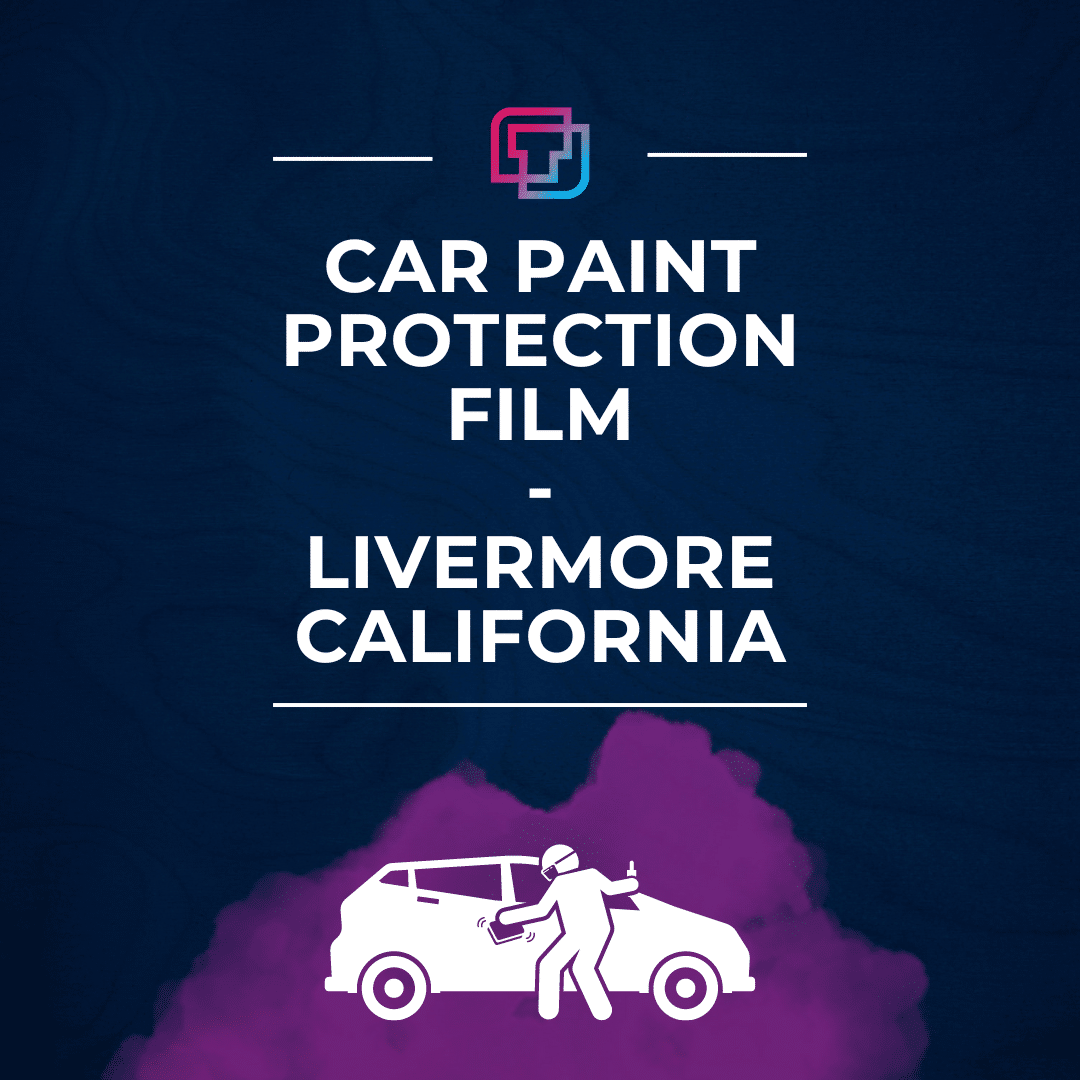Window tinting is a popular enhancement for many vehicles in sunny California. Besides adding a touch of style, window tinting offers numerous benefits such as blocking harmful UV rays, reducing interior heat, and providing increased privacy. However, it’s essential to stay informed about California’s tinting laws to ensure that your vehicle adheres to the legal requirements. Here’s a comprehensive guide to understanding California’s regulations on car window tinting.
Windshield Tinting Laws
California law is very specific when it comes to windshield tinting. You are allowed to have non-reflective tint applied along the top of the windshield, but it must not extend below the manufacturer’s AS-1 line. The AS-1 line is typically marked on the windshield and is a line parallel to the vehicle’s longitudinal axis, situated five inches below the upper edge of the windshield or at a point on the windshield where a straight line from the top of the steering wheel intersects. This rule ensures sufficient visibility while still providing some protection against the sun’s rays.
Front and Back Window Tint Laws
As for the front side windows, which are the ones immediately adjacent to the driver and front passenger, the law requires that these windows must allow more than 70% of light to pass through. This means you can have moderately tinted windows to reduce glare and heat while driving.
For the rear window and the back side windows, the law is slightly different. These windows must allow 5% or more of light to pass through. The reason for this lower percentage is that these windows do not directly affect the driver’s line of sight.
However, if you decide to tint the rear window, the vehicle must have side mirrors on both sides that provide the driver with a clear and unobstructed view of the rear.
Reflection and Tint Colors
In California, the law also regulates the reflectivity of your window tint. The tint applied to your front side windows and back side windows should not be more reflective than a regular window. This restriction is in place to prevent mirror-like, highly reflective tints that could potentially reflect incoming light and impair the vision of other drivers or pedestrians.
Additionally, California’s tint laws do not specifically mention any restrictions or prohibitions on the colors of window tints. However, it is advisable to avoid using tints with colors like red or blue, as they might be mistaken for law enforcement vehicles.
In the next section, we will continue to explore medical exemptions, certifications and sticker requirements, and the potential penalties for violating these tinting laws. It’s crucial to be fully informed before making a decision about tinting your vehicle windows.
Stay tuned for Part 2 of our blog, where we will provide further insights into California’s tinting laws, including medical exemptions, certification requirements, and penalties for non-compliance. Making sure you comply with these regulations will not only keep you on the right side of the law but also ensure safe driving for you and others on the road.
For the best window tinting experience in Brentwood and Livermore CA, consider choosing Tintix Window Tinting. You can reach us at 925-261-7111. Our professional services will ensure your vehicle’s window tinting is compliant with California’s laws while providing the comfort and protection you desire.
Resources:




